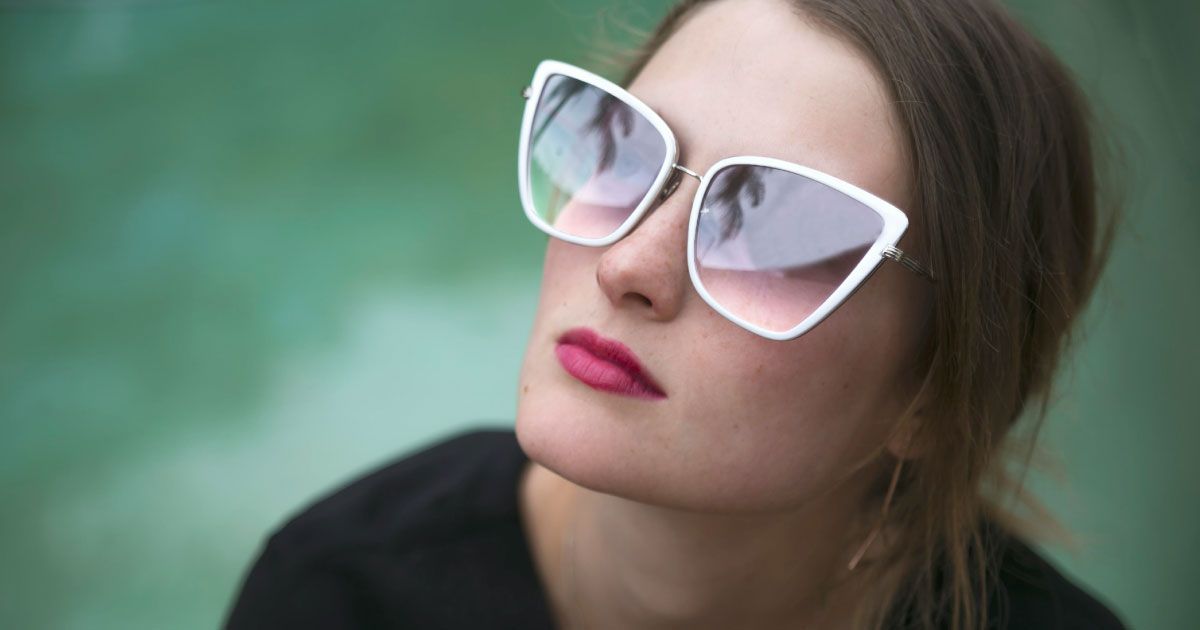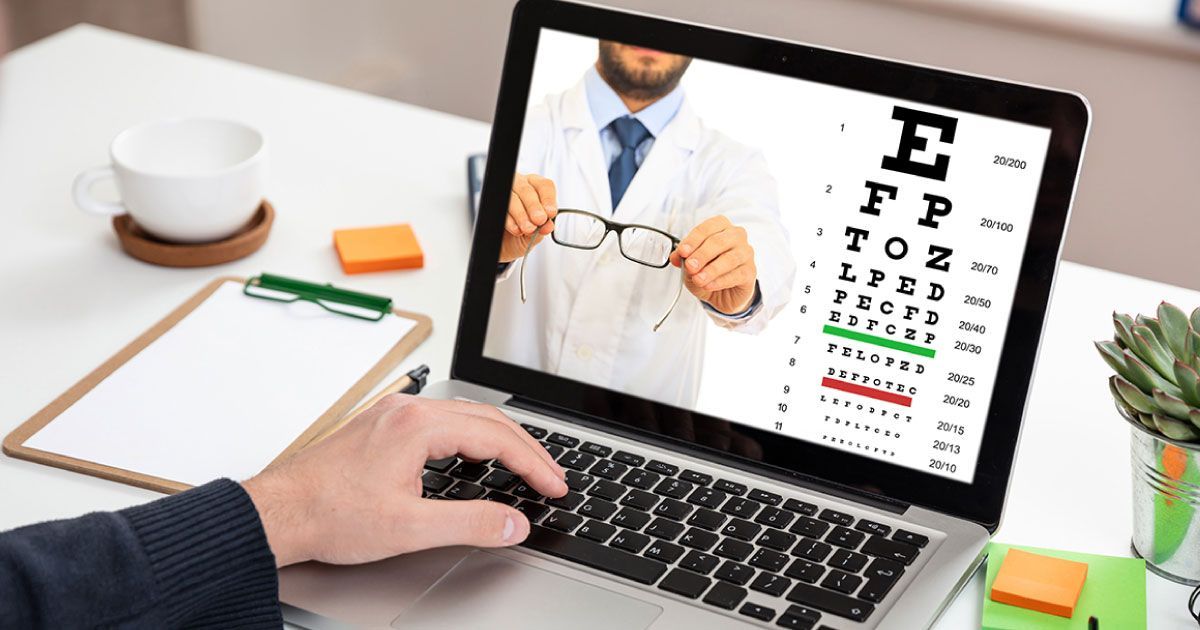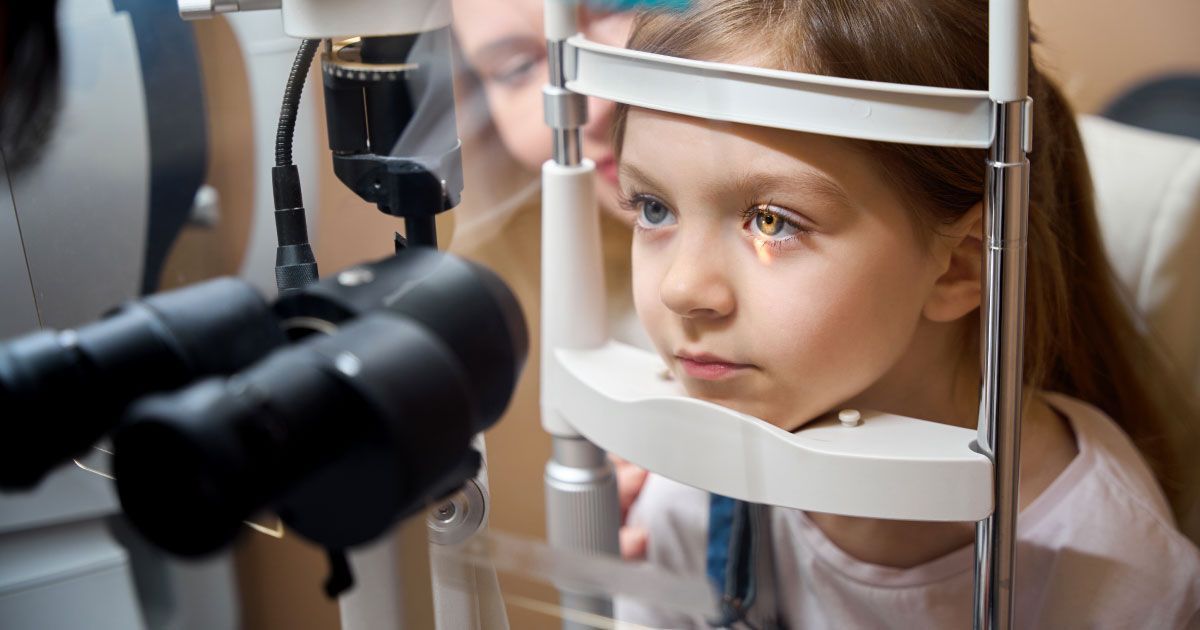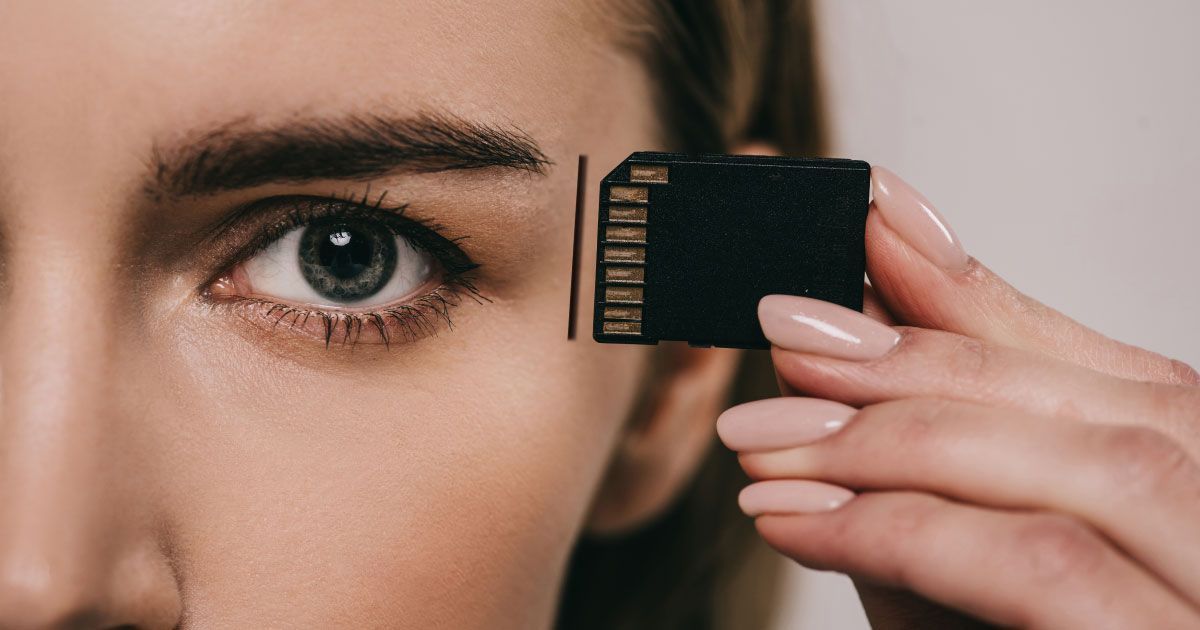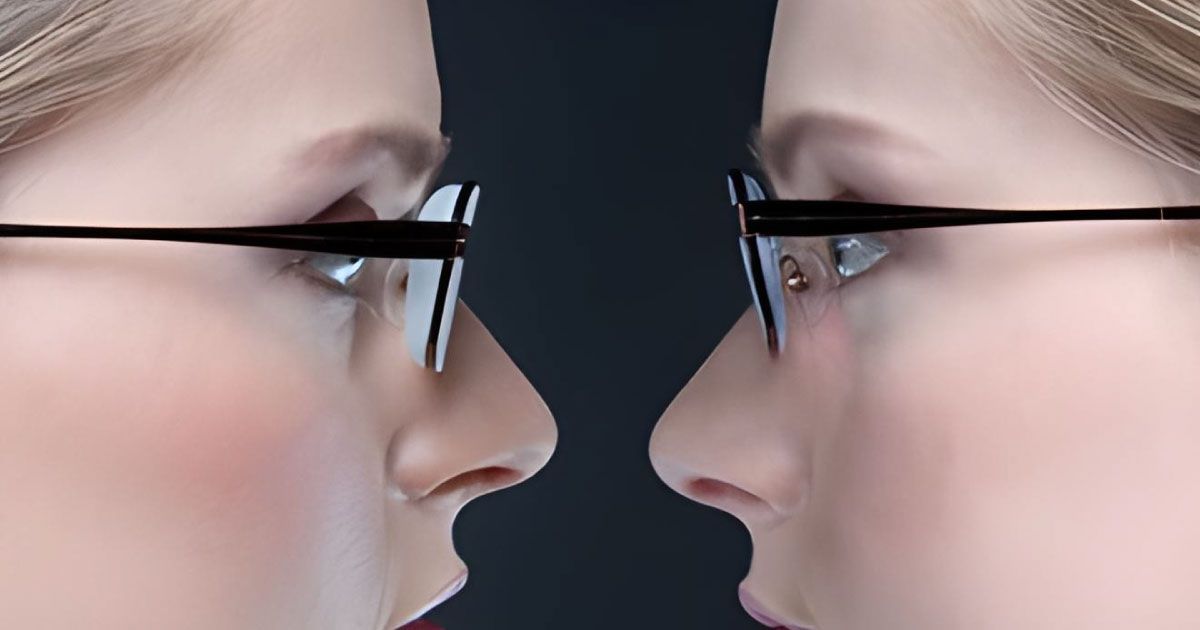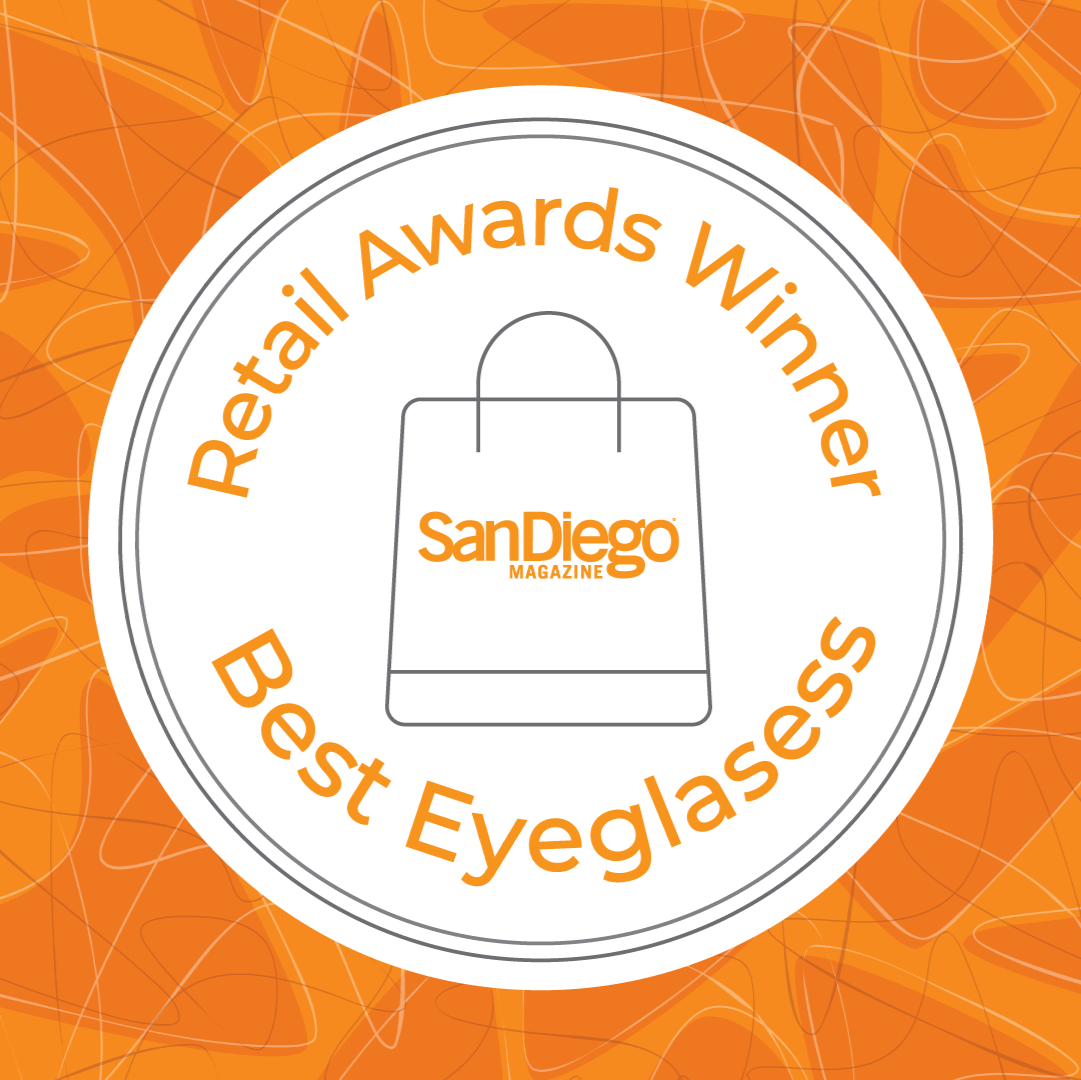Understanding Chalazion: Causes and Treatments
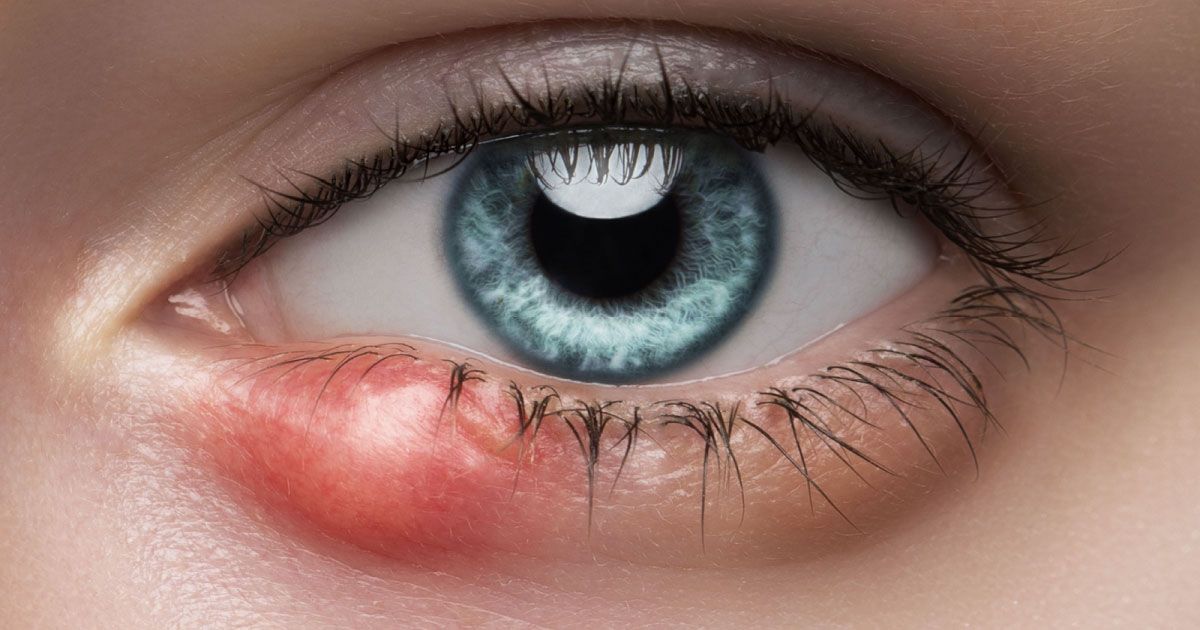
Read time: 5 minutes
A chalazion is a common eye issue that many people experience. It appears as a small bump on the eyelid, often causing discomfort. Knowing what a chalazion is and how it forms can help you handle it better. It's important to understand this condition to take the right steps for treatment.
Several factors can cause a chalazion, including blocked oil glands. Sometimes, it’s easy to mistake a chalazion for a stye, but they are not the same. Recognizing the difference helps you choose the right treatment method. Both conditions affect the eyelids, but their causes and treatments differ.
Identifying the symptoms of a chalazion is the first step to addressing it. Symptoms may include swelling, redness, and a lump on the eyelid. Recognizing these signs early can help in treating the chalazion effectively. Knowing when to seek medical help and when home remedies will suffice is key to managing this condition well.
Understanding how chalazion forms and the common causes behind it can help in prevention. Maintaining good hygiene and a healthy lifestyle can reduce your risk. By taking these steps, you can lower the chances of developing a chalazion and keep your eyes healthy.
What Is a Chalazion?
A chalazion is a small, painless bump on the eyelid. It forms when an oil gland, known as the meibomian gland, gets blocked. This gland is responsible for producing oil that lubricates the eye. When it gets blocked, the oil builds up, causing a lump to form. The lump can grow over time if not treated.
It's easy to confuse a chalazion with a stye, but they are different. A stye is an infection of the oil gland, making it red and painful. It often looks like a pimple and can occur at the edge of the eyelid. A chalazion, on the other hand, is usually not painful and forms further from the edge of the eyelid. Knowing the difference is important for proper treatment.
Common Causes of Chalazion
Several factors can lead to a chalazion. One common cause is poor eyelid hygiene. Not cleaning your eyelids properly can cause oil glands to become blocked. Using old or contaminated makeup can also be a factor. Touching your eyes with dirty hands can spread bacteria, leading to a blocked gland.
Here are some common causes and risk factors:
- Poor hygiene: Not cleaning your eyelids and face regularly.
- Using old makeup: Contaminated makeup can block oil glands.
- Touching eyes frequently: Dirty hands can introduce bacteria.
- Skin conditions: Conditions like rosacea and seborrheic dermatitis can increase the risk.
- Previous chalazia: If you've had a chalazion before, you are more likely to get another one.
Lifestyle and hygiene play a big role in preventing chalazion. Keeping your face and hands clean helps reduce the risk. Avoid using old makeup and ensure you remove makeup before going to bed. If you have skin conditions, seek medical advice for proper care to reduce the chances of developing a chalazion.
Recognizing Chalazion Symptoms
Knowing the symptoms of a chalazion can help you address it promptly. The most obvious sign is a small, painless bump on the eyelid. This bump can grow over time but usually remains painless. You might also notice slight swelling or redness around the area.
Here are some common symptoms to look out for:
- Small bump on the eyelid: Usually painless and grows slowly.
- Mild redness: Surrounding the bump may be slightly reddened.
- Swelling: Mild swelling of the eyelid, which can sometimes affect vision.
- Tenderness: Though typically painless, there may be slight tenderness if pressure is applied.
Self-evaluation is important before seeking medical help. Check the bump for pain and growth. If the bump stays small and doesn't hurt, it might be a chalazion. However, if it becomes painful or doesn't improve, you should consult a doctor. Knowing your symptoms helps in getting the right treatment on time.
Effective Treatments for Chalazion
Treating a chalazion often starts with simple home remedies. Warm compresses can help reduce the swelling and unblock the gland. Apply a clean, warm cloth to the eyelid for 10 to 15 minutes, three to four times a day. This can help speed up the healing process. Gentle massage of the eyelid may also aid in opening the blocked gland.
Here are some effective home treatments:
- Warm compresses: Helps reduce swelling and unblock the gland.
- Eyelid massage: Gentle massage can help open the gland.
- Over-the-counter treatments: Ointments or eye drops to reduce swelling.
- Good hygiene: Keep the eyelid clean and avoid touching or rubbing your eyes.
If home remedies don’t work, medical treatment may be needed. A doctor might prescribe antibiotic eye drops or ointments. In severe cases, a minor surgical procedure may be required to drain the chalazion. Always consult a doctor if the chalazion becomes painful, grows rapidly, or doesn't improve with home care.
The Takeaway
Understanding chalazion, its causes, symptoms, and treatments can help manage this common eye issue effectively. Knowing what to look for and how to treat it can save you from discomfort and potential complications. Good hygiene and early treatment are key to preventing and managing a chalazion.
When in doubt, consult with a healthcare provider to ensure you get the proper care. If you experience persistent issues or have concerns, reaching out to a professional can make a big difference.
Are you experiencing symptoms of a chalazion? Visit Urban Optiks Optometry for expert care. Book an appointment at our optical shop in San Diego today and let our experienced team help you find the best treatment options. Your eye health is our priority!
The information provided in this article is intended for general knowledge and educational purposes only and should not be construed as medical advice. It is strongly recommended to consult with an eye care professional for personalized recommendations and guidance regarding your individual needs and eye health concerns.
All of Urban Optiks Optometry's blog posts and articles contain information carefully curated from openly sourced materials available in the public domain. We strive to ensure the accuracy and relevance of the information provided. For a comprehensive understanding of our practices and to read our full disclosure statement, please click here.
OUR LATEST POSTS
© Urban Optiks Optometry, Inc. 2009-2025
All Rights Reserved
Location
The Cairo Building
3788 Park Blvd, Suite 5
San Diego, CA 92103
Phone: 619.683.2020
Text: 619.683.2020
Fax: 619.683.2111
Email: info@uoosd.com
Hours
Monday: 9 am – 7 pm
Tuesday: 9 am – 6 pm
Wednesday: 9 am – 6 pm
Thursday: 9 am – 7 pm
Friday: 9 am – 6 pm
Saturday: 9 am – 5 pm
Sunday: Closed


